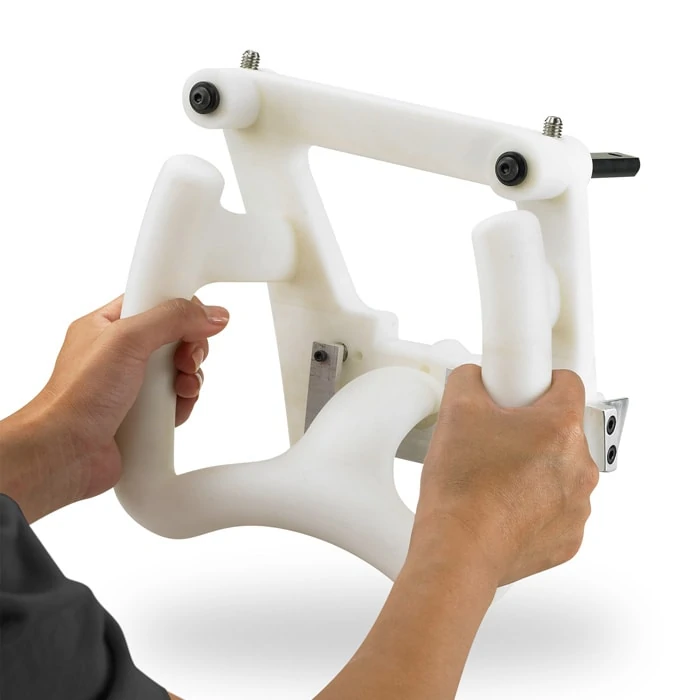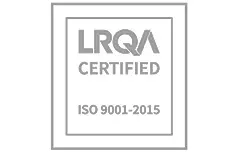
How rapid manufacturing is changing the rules of design
Dave Price, our rapid manufacturing sales manager, takes a look at how FDM technology is helping to rewrite the design engineering rulebook.
Once the preserve of concept modelling and functional prototyping, FDM technology is leading the way in rapid manufacturing, proving its mettle in the realm of low-volume production runs.
Nowhere is this more evident than in the jigs and fixtures market, where more and more businesses are waking up to the significant time and cost savings that can be realised by using rapid manufacturing alongside traditional manufacturing methods.
New design rules
One area where rapid manufacturing is really shaking things up is manufacturing engineering. In the past, jigs were manufactured as three or four individual aluminium parts which then had to be bolted together. FDM technology enables these parts to be manufactured as a single piece, with no further fabrication required.
For a manufacturing engineer, this means they no longer have to worry about draft angles or undercuts. Nor do they have to take into consideration how the manufacturer will physically machine the parts, or how they will be fixed together. Ultimately, there’s no need to compromise on design just because you’re limited by manufacturing methods. The engineering design rules as we knew them no longer apply; a revolutionary concept which is gradually taking hold.
However, that’s not to say that anything is possible and, after what should be a consultative process between the client and our bureau service, it might be that it’s just not cost-effective or practical to manufacture a particular jig or fixture using FDM technology.
But just because FDM may turn out not to be a suitable method for manufacturing a certain part doesn’t mean that it won’t work for another. There are time savings of around 60% to be made when using FDM technology to manufacture fixtures, as well as up to 80% cost savings compared to manufacturing the same product in aluminium. Given that, it makes sense to thoroughly investigate how your business could use the technology.
Automotive applications success
So that we can give the best advice, it’s paramount that we completely understand the end application. Only then can we make the right recommendations in terms of what is and isn’t possible, as well as suggestions as to which are the optimum materials that should be used in manufacture.
A good example are two leading UK automotive companies we work with to provide them with track-side rapid manufactured fixtures. When the companies first approached us with a view to exploring how FDM technology could work for them, it was very much a collaborative project from the outset. We worked closely with them to explore their exact requirements, fine-tuning these applications and coming up with suggestions that worked for them.
The future of design
There are well-established manufacturing methods in place and I’m certainly not suggesting that FDM replaces all of these, but it’s definitely an extremely valuable alternative. Effective rapid manufacturing for low-volume production is all about delivering efficiencies, be it cost or time savings. An added bonus to this is that with FDM, there are design efficiencies to be made, too.
There’s no longer a penalty to pay for designing something more complex and the sky is the limit when it comes to engineering design. Watch this space.
For more information on how our FDM service bureau could benefit your business, contact us on 01295 672599, take a look at our bureau pages or email [email protected]








